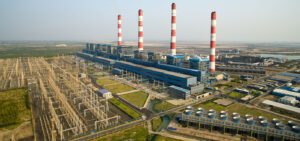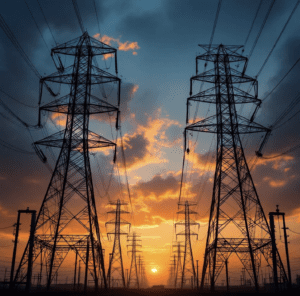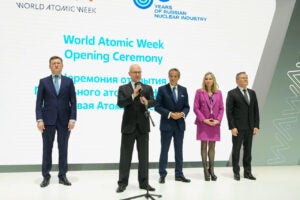Sept. 30, 2011, is the revised final deadline for reporting 2010 data under the Environmental Protection Agency’s (EPA’s) Greenhouse Gas (GHG) Reporting Program. The agency also last week delayed the release of proposed rules that would govern cooling water intake systems at nuclear and coal plants until March 28.
EPA Sets GHG reporting deadline
The EPA’s original GHG reporting deadline was March 31, 2011. Under the GHG Reporting Program entities required to submit data must register with the electronic GHG reporting tool (e-GGRT) no later than 60 days before the reporting deadline. With this reporting deadline extension, the new deadline for registering with e-GGRT is August 1, 2011.
The extension follows “conversations with industry and others and in the interest of providing high quality data to the public this year,” the EPA said. It is expected to allow the agency to further test the system that facilities will use to submit data and give industry the opportunity to test the tool, provide feedback, and have sufficient time to become familiar with the tool prior to reporting.
In addition to the nine rulemakings necessary to comply with congressional direction for the program, over the past two years, the EPA has established a public help center that operates through its website and efficient mechanisms for stakeholders to get answers from EPA experts to detailed technical questions. The EPA said it has also conducted training sessions with each affected sector and has held hundreds of meetings with stakeholders across the country.
The EPA’s GHG Reporting Program, launched in October 2009, requires the reporting of GHG data from large GHG emission sources—including power plants The data is expected to guide policy decisions and the development of future programs that the agency might implement to reduce these emissions.
Deadline Delayed for Proposed Cooling Water Intake Rule
Last week the agency said it would delay the release of a proposed Clean Water Act regulation applying to cooling water intake structures at existing coal-fired and nuclear power plants around the U.S. The EPA’s 2004 Phase II Cooling Water Intake Structure rules (suspended in July 2007 in response to the Second Circuit Court of Appeals decision in Riverkeeper, Inc., v. EPA) applied to power plants withdrawing more than 50 million gallons of water per day.
The EPA had originally planned to release the proposed rule on Monday, March 14, under the terms of a settlement agreement between the agency and environmental organizations, including Riverkeeper. The new deadline, which was agreed to by the parties to the settlement agreement in the case last November, is March 28.
The agency is developing regulations under the Clean Water Act Section 316(b) that could require the location, design, construction, and capacity of cooling water intake structures to reflect the “best technology available” for minimizing adverse environmental impact.
The EPA says cooling water intake structures cause adverse environmental impact by pulling large numbers of fish and shellfish or their eggs into a power plant’s or factory’s cooling system. There, the organisms may be killed or injured by heat, physical stress, or by chemicals used to clean the cooling system. Larger organisms may be killed or injured when they are trapped against screens at the front of an intake structure.
For more on the cooling water intake rule, see “Appraising Our Future Cooling Water Options,” in POWER’s June 2010 issue.
Sources: EPA, POWERnews, POWER
CORRECTION: The EPA’s Phase II Cooling Water Intake Structure rules applied to coal and nuclear plants that withdrew more than 50 gallons of water per day–not 2 million as POWERnews had stated in a previous version of this story.







